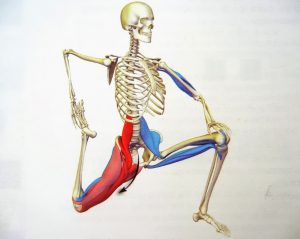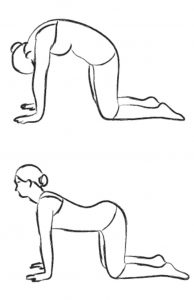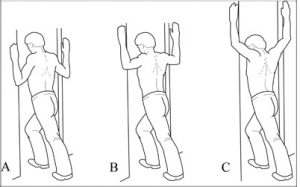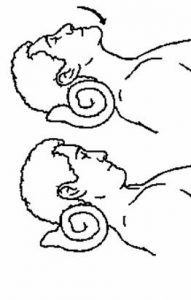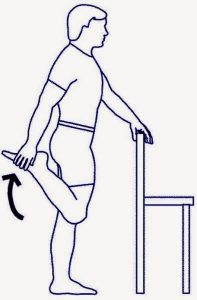In DHT’s most recent newsletter, Sean talks about his five tips to stay pain free in 2018!
Tip #1 Stop. Take a breath and stretch
If your feeling stressed in the day, take a moment for a few deep breaths. Belly breathing can help relieve stress and relax tense muscles. A lot of the time we hold our breath and rely on our upper chest to breathe which causes neck and shoulder pain.
Stretch – daily. Ten minutes in the morning when you first wake up, and ten minutes before bed at night to get the most benefit. Doing gentle stretches just before bed can help you get a much better night’s sleep. No equipment needed, just you in the comfort of your own home (and some good music if you like).
Tip #2 Tend to any aches or pains
Remove any potential obstacles and finally get that nagging knee pain, or tight shoulder looked at. See a physiotherapist and work with them to understand exactly what’s going on in your body so you can move with the assurance that you’re doing so safely and within your limits. Expect nothing less than a detailed treatment plan and time frame that will get you back to your baseline and ready to build as soon as possible. This is our approach to care at DHT and we know that’s how you get the best outcomes.
Take a warm bath with Epsom salt or baking soda. The heat in combination with Epsom salt or baking soda will ease your muscles almost immediately and will calm your mind. The perfect way to end your day and unwind before getting a good nights sleep.
Tip #3 Get your fitness assessed and get moving
Movement is the best form of medicine – especially when it comes to managing a musculoskeletal condition or injury. You don’t have to hit the gym to benefit from exercise. Simply walking for at least ten to twenty minutes a day will give your body results. Next time you need to make a long phone call, why not do it on your mobile and walk at the same time?
Tip #4 Stay Hydrated
Dehydration can be a cause of muscle pain. A lot of time when we wake up in the morning we feel achy and stiff and it’s because at that time of day fluid hasn’t had the time to get to the discs in the spine or joints. This is because we don’t have enough fluid in our systems while we’re sleeping. Working out and breaking a sweat is one of the best ways to keep fit, for obvious reasons, but regular exercise may also make you lose a lot of water and you need to stay hydrated if you are to stick to your health goals. Sometimes you might need water with electrolytes to keep your body hydrated. Keep sipping as you go along with your workout. Muscles are active tissues, which means they’re the kind of tissue that requires the most water in the body.
Drink plenty of water -Seventy percent of your muscles are water. So it makes sense that you need to drink plenty of water to support your body and keep it hydrated. My tip – have a glass of water by your bed ready for when you wake up in the morning, that way the first thing you do is drink a glass as soon as you wake to kick-start your day.
Tip #5 Charge your calm side
Balance your movement in 2018 with activities that help to calm your nervous system. Think regular massages or yoga that focus on restoration and rejuvenation. At DHT, we offer remedial and relaxation styles of massage and deep tissue massages. These are great treatments that rest the body but engage the mind. It is in the non-doing that the magic happens. So, try it for yourself and strike that much needed balance in your movement diet.
So there you have it, five things you can very easily put into action in your day starting now to reduce stiffness and prevent it from making daily activities difficult. Don’t accept pain as part of life! If you do and you don’t do anything about it, it will likely worsen and affect your ability to move freely. Whether you’re reading this from your home, from holiday or work…I hope these tips have inspired you to get moving – safely.
Remember, movement is key to living a happy and healthy life. We want you to move in the best way possible so that you have every chance to maintain your optimum health.

